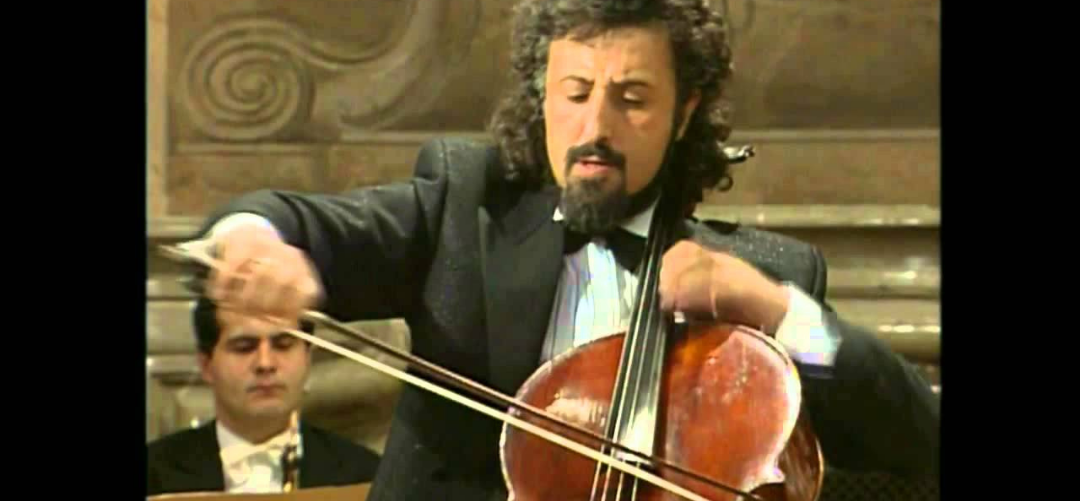The two concertos introduced in the last two reviews were written with a deliberately complex and difficult technique – double notes, undulating dances, and rapid movements between registers all allow the cello player to express the emotion of the piece with great virtuosity. Today I would like to talk about a very different kind of cello concerto: the elegant and magnificent Haydn’s Cello Concerto No 2 in D major.
Haydn was in the service of Prince Esterházy at the Eszterháza Palace in Hungary when he wrote this concerto, and his daily compositions for the royal family allowed him to use his talents to the fullest and to experiment with different musical effects. His life in the royal family also took him far away from the music scene, making it difficult for him to refer to, or be guided by, other directions. One of the experiments in his work was the use of the cello as a melodic centre. At that time the cello was still the dominant bass accompaniment in the orchestra, which made his compositions all the more unusual.
Haydn – like Dvořák and Elgar before him – wrote the D minor for the cellist Anton Kraft. Kraft, who was also a member of the Esterházy royal family, is known for his clean, bright tone, and so this concerto is a constant stream of long, fluid scales, with a rapid, varied melody that demands more precise control of string pressing and bowing in order to achieve the desired tone and interpretation in the performer’s mind. -The naturalness or restraint of each phrase, the lightness or tension, the darkness or loudness, are all reflected in the cellist’s playing. In addition, before the first movement of Cadenz Haydn even writes a G note in the cello’s rather high register, testing how the player’s intonation harmonises with the orchestra’s accompaniment.
The techniques mentioned above are very challenging today, and the cello of that era had a shorter neck than today, making it even more difficult to play. As the original score for this piece was given to the publisher by Kraft, many people at the time thought that the work was not written by Haydn, but by the cellist himself. Although this rumour was later dispelled when Haydn’s manuscript was revealed, the fact that a non-cellist could write such a difficult piece with such skill must have given him a lot of inspiration for Kraft’s playing!


 繁體中文
繁體中文